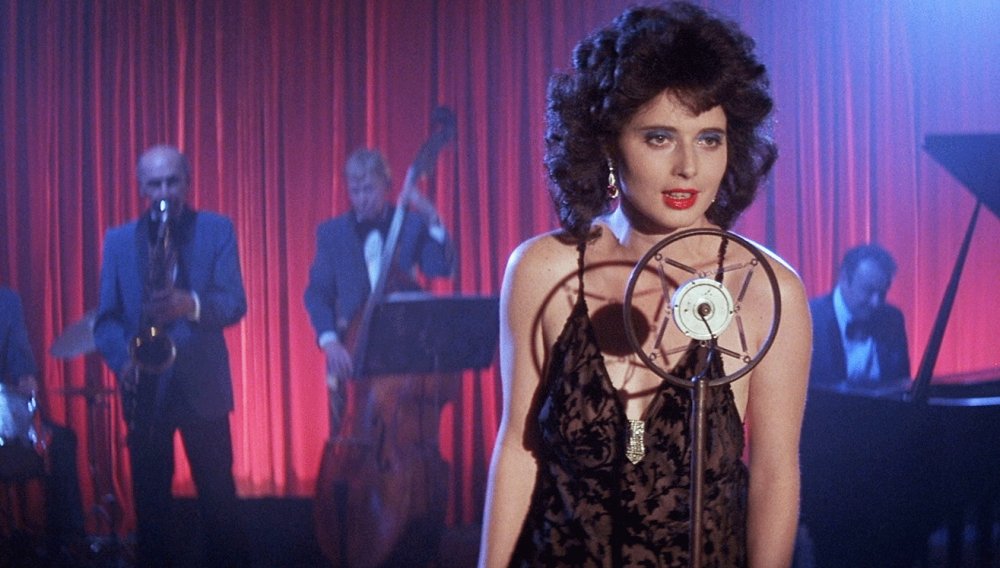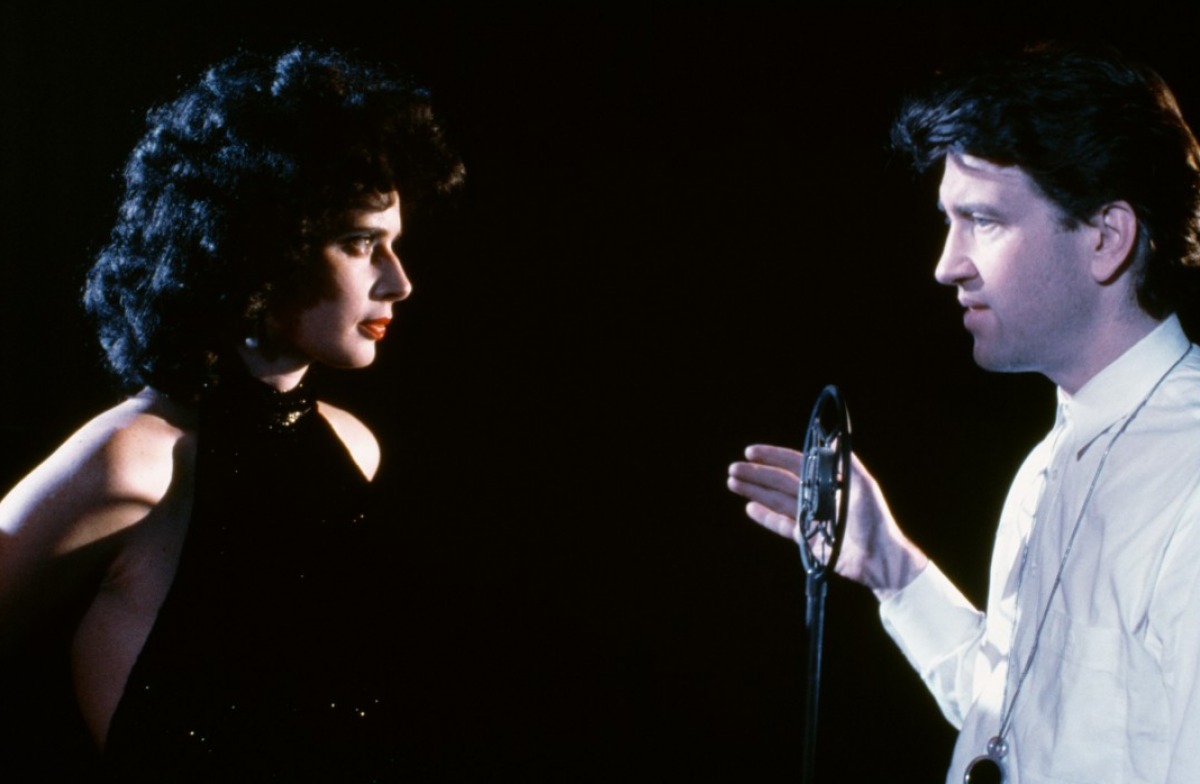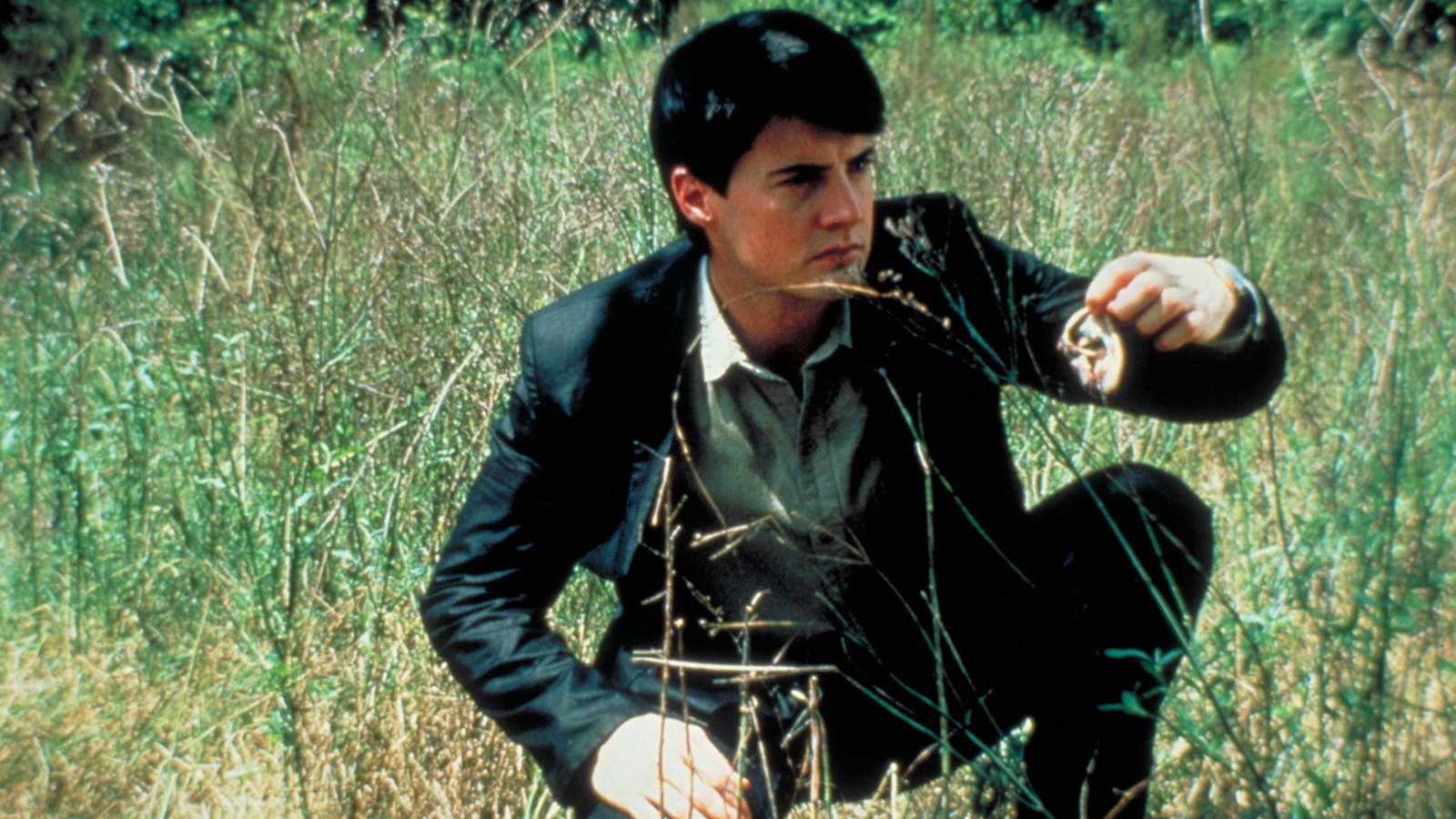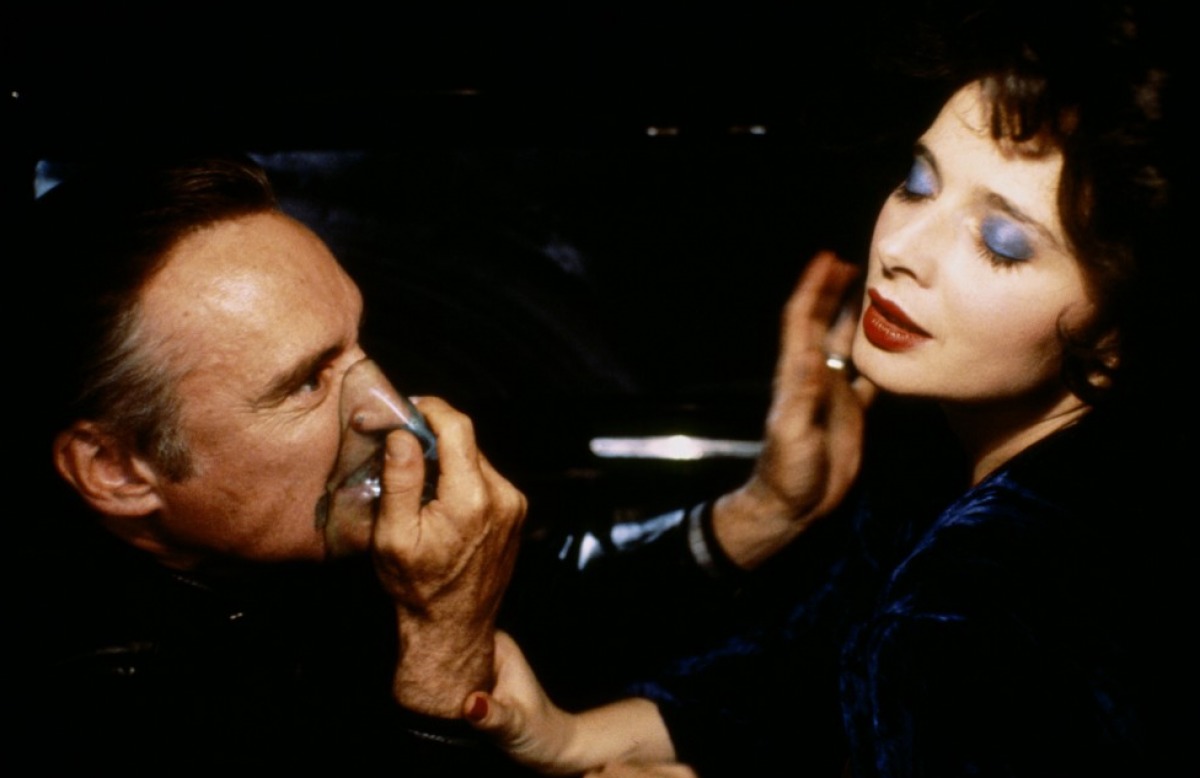
Every once in a very great while a film comes along that will be well and truly remembered. In fact, the film will be not only remembered but quoted, sworn by, and one which later such films will be judged against. Quite often these are not the films that crowds will be flocking to see, or films featured on award shows, or sometimes not even the film that gets all the best (or even good) reviews, because often such films divide viewers like they’re cutting through the crowd with a sword.
In so many words, it’s a special event when such a film appears. In 1986, this event took place when “Blue Velvet” showed up on the scene. It truly embodied the aforementioned aspects and still does. As to why it does, this article hopes to shine some light on this film, which many consider a touchstone in American independent and surrealistic cinema (though many others consider to be a sick waste of celluloid).The following are seven aspects to consider in discussing this film.
1. The Director: David Lynch

In an age where the director is a real force among quality-conscious moviegoers, there are some true star directors, ones whose name in a film’s credits means something. Even among those elites, David Lynch has long been a magical presence, a true artist in a business where the bottom financial line too often rules.
A Lynch film will typically embody the qualities that will be discussed at greater length in this article’s later entries, and though he’s surely had his imitators, there is no mistaking frames from a Lynch film from those of anyone else.
A native of Missoula, Montana who has lived all over the US, Lynch has always seemed a product of both the heartland and, well, Mars or some other foreign dimension. There has always been a tension in his best work between “the normal” and the many bizarre and surreal events or aspects which can, and often do, surround the seemingly mundane. Lynch, though, genuinely seems to love the ordinary surface as much as the often shocking and unreal underlayer.
Lynch had trained as an artist and began his filmmaking experience with a series of student shorts such as “The Grandmother”, “The Alphabet”, and “The Amputee” between 1968 and 1974. These shorts were so distinct in their imagery and surrealism that they attracted considerable notice from prominent people, especially for a student filmmaker.
Thanks to this, Lynch didn’t have to serve some sort of apprenticeship in the film industry, but instead made his debut with his own full-blown production, 1977’s “Eraserhead”.
This film, as anyone who has ever seen it can attest, is not nor ever was or could have been something for the mainstream. This black-and-white fever dream of life in a post-apocalyptic yet oddly familiar world was partially funded by actress Sissy Spacek (!) and quickly became a cult item, which was a hit on the admittedly limited midnight movie circuit. It also attracted attention to Lynch from a most unusual source.
Comic director Mel Brooks was setting up a film production company which would release not only his own films, but the kinds of films he himself would never direct. “Eraserhead”, with its love and sympathy for the odd and unusual, convinced Brooks that Lynch was the man for a project he was developing based on the life of John Merrick, the Victorian-age man whose sad and extensive deformities and unusual life had inspired the then-stage hit “The Elephant Man” (which Brooks did not obtain the rights to film, instead using the biographical facts to create a new entity). Thus, the Oscar-nominated “The Elephant Man” became Lynch’s entry into commercial mainstream filmmaking and an all-around hit.
Then came what looked like either a big break or a detour when the very commercial producer Dino De Laurentiis hired Lynch to write and direct a version of fantasy/sci-fi author Frank Herbert’s classic novel “Dune”, which had defied filmmakers for a few decades at that point.
Despite its striking imagery, “Dune” and its ultra-complicated narrative defeated Lynch as well, but he had a method to his madness in making the film. In order to give the producer his dream project, De Laurentiis had to agree to finance a more personal Lynch project, and the director gave up some financial points in the film in order to be able to make said film in complete freedom with the final cut being his and his alone.
This was the stage for one of the boldest and most original films ever to be commercially released widely and commercially in the US. As we saw, Lynch didn’t waste the opportunity.
2. The theme: Small-Town Americana at its Most Surreal

After opening with lush credits set against a background of, well, blue velvet, underlined by a highly dramatic score (more on that later), the opening images of “Blue Velvet” show incredibly bright red roses backed by a vivid white picket fence in front of a blue sky of the deepest azure (and no, the color symbolism is not an accident).
This segues into images of small-town life such as other flowers, peaceful-looking little homes, a friendly-looking middle-aged lady serving as a crossing guard helping the cheerful kiddies across the street, and the stalwart-looking firemen driving past with – yes! – their firehouse dalmatian (surely named Smokey or Sparky) on the running board, all to the tune of singer Bobby Vinton’s schmaltz classic ‘Blue Velvet’ on the soundtrack.
Then the scene cuts to a typical middle-aged man watering the lawn while his wife is sitting with her coffee in their comfortable, cozy-looking living room, watching a mystery/crime film on TV.
Suddenly, though, the man suffers some kind of stroke/seizure/fit and falls to the ground with the delighted family pooch running to lap up the water from the hose, and the baby next door weirdly wandering into the scene without noting any of the chaos, before the camera moves into the grass showing a sort of war going on with the ants living in this sphere and the soundtrack switching to the ominous, amplified sounds of the warfare.
Within the space of a few minutes, Lynch has set up the basic theme – ordinary places can hide dangerous secrets, and thinking that the lure of more exciting adventures (such as what the mystery film on TV indicates) can lead one into threatening territory.
As the story commences, the setting is revealed to be the quaint town of Lumberton, somewhere in the US (many actually thought that Lynch wanted to invent a town so stereotypically 50’s and early 60’s American, but in fact, the film was shot with very little change in Wilmington, North Carolina, one of the towns frozen in time by virtue of being pretty much left out of any meaningful financial loop). Jeffrey (Lynch discovery Kyle MacLachlan), the son of the man watering the lawn, has come home from college to help during his father’s health crisis.
While crossing through a field on the way to the hospital, he discovers a severed ear, which he takes to the police. In real life, any sensible person would leave it at that, but Jeffrey goes to visit the home of the police detective in charge of the case, only to have the man sensibly tell him to leave it alone.
Alas, for him (and thankfully for the film) the detective’s comely young teenage daughter, Sandy (Laura Dern), listens to her father’s professional talk from her room above his office and she secretly meets up with Jeffrey, telling him the ear has a connection to a local nitery and the exotic woman (Isabella Rossellini) who sings there.
Though claiming that she has a boyfriend and doesn’t want to get personally involved, she agrees that she loves a mystery as much as Jeffrey, and also agrees to help him scope out the woman, Dorothy, and get inside her apartment. This last decision leads to the heart of the film.
Anyone growing up in the US during the 20th century (and maybe the 21st century) would surely be acquainted with a famed group of juvenile mystery books, ‘The Hardy Boys’, and their female counterpart, ‘Nancy Drew’.
In these stories, the upper-middle-class teenage main characters (always the same ages, no matter how many adventures they have) stumble onto comfortable mysteries involving colorful smugglers, counterfeiters, thieves, and other criminal types who will vaguely threaten the heroes/heroine with bodily harm before taken off to jail for good, and who have no other dark traits outside of their criminal activities and leave no mark on the main characters.
This is all, of course, kiddie junk food and Lynch uses this film to send the whole concept of middle-class complacency to the darkest of places. The mystery which Jeffrey and Sandy will descend into will mark both for life (despite a ‘happy’ ending to take with a grain of salt), and will show them and the viewer that there isn’t any such thing as a ‘little’ evil. This all seems so simple, but judging from the film’s reception, it was revolutionary to a large part of the audience.
3. Extreme Violence and Sexuality Shown to be Part of the Cultural Fabric

As noted, the mystery which begins with the severed ear will escalate into a nightmare of aberrant sexuality, cruelty, and violence. The ear turns out to belong to the singer’s husband and he is connected to, and being held captive along with their young son, a truly nasty drug dealer/kingpin, Frank (Dennis Hopper).
In order to exact some sort of revenge or re-payment, the thug is forcing Dorothy to act as his sexual slave, namely unwillingly participating in an ugly ritual that obviously stems from something in Frank’s past involving a gag made of blue velvet. During the ritual and at other key moments, Frank inhales some sort of gas which is either making him high or enhancing the high he already has from other substances, all of which makes him seem even more dangerous than he first appears.
Even worse, the effects of this degradation seems to have either turned the despairing Dorothy into a sexual masochist, for after discovering Jeffrey in her closet, she forces him into a similar relationship with demands that he hit her.
After being discovered with Dorothy by Frank, Jeffrey is unwilling taken along to the bordello/drug den presided over by Ben (Dean Stockwell), an outré man who is the only one to impress the profane Frank. There, Jeffrey is subjected to an evening in hell, complete with a vicious beating (and even worse, humiliation for poor Dorothy, a turn of events which disgusted many viewers and critics).
Well, the Hardy Boys surely never had a mystery quite like that. And that was the point, for Lynch is underlining the fact that life can’t be tied up in neat bundles, nor can people be easily typed or explained. In fact, the original screenplay of the film had fuller explanations about what led up to the ear in the field, the kidnapping of the husband and son, why Frank chose this form of punishment, and more background detail in other ways.
Lynch did film those scenes – only to cut them out and destroy them. He realized that he had fallen into the same trap he was warning against and deliberately made the story more elliptical and ambiguous. Also, the bold use of sexuality and violence was necessary to shock the viewer out of complacency. The fact that so many were upset (especially by Frank’s ultimate degradation of Dorothy) shows how well Lynch accomplished his goal. Any work so bold will never please everyone.
The fact that even such knowing and responsible critics as Roger Ebert and Leonard Maltin dismissed the film due to its disturbing sexual violence attests to the film’s power (and both men’s genuine, non-knee-jerk reactions are to be respected since they were going off of authentic reactions).